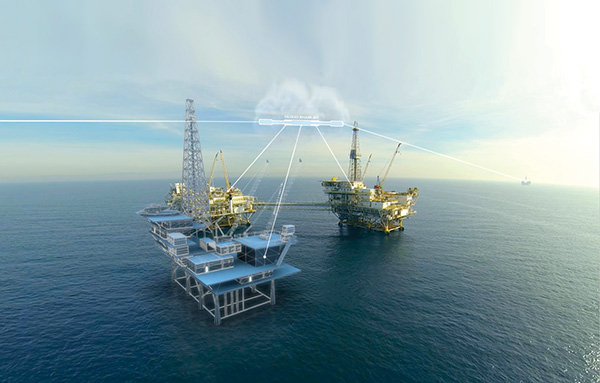June 2020, Vol. 247, No. 6
Tech Notes
Global Pilot Launched to Secure Greater Trust in Digital Twins
Research company DNV GL issued an international call to oil and gas operators and the supply chain to pilot a methodology that will prove whether the data generated by digital twins can be trusted, and if the technology is delivering value.
A digital twin is a complete 360-degree replica of a physical asset such as pipelines, gathering systems, heat exchangers, turbines, pumps, compressors or entire plants that enables modeling of process and control, and monitoring of equipment health.
Companies manufacturing hardware across the oil and gas value chain must prove the safety, quality and integrity of components, equipment and assets through recognized quality assurance principles. However, no standard process exists to provide the same mechanism of trust and value for digital representation of a physical asset and its behavior.
DNV GL is developing and testing a methodology for the qualification of digital twins, which will provide that assurance and ultimately encourage wider adoption of the technology in the oil and gas sector. An initial partnership with TechnipFMC has led to the creation of the pilot, which is now being opened to the wider industry.
Digital twins are a rapidly developing technology widely expected to become a significant contributor to the future management of major industrial sites. The digital twin market is estimated to grow from $3.8 billion in 2019 to $35.8 billion by 2025, according to a recent report by research firm Markets and Markets.
DNV GL’s Technology Outlook 2030, a research report identifying transformative technologies in key industries, highlights a digital value chain run by machines and algorithms as a prevailing trend for the oil and gas industry in the decade ahead.
The research expects cloud computing, advanced simulation, virtual system testing, virtual/augmented reality and machine learning will progressively merge into full digital twins, which combine data analytics, real-time and near-real-time data on installations, subsurface geology and reservoirs.
“Solving the digital trust challenge will be key to the dramatic evolution that we expect to see in digital twin technology in the years to come,” said CEO Liv A. Hovem of DNV GL-Oil & Gas. “If more sophisticated digital twins are to be widely accepted and developed at scale by the oil and gas industry, they need to be supported by accurate, valuable and trusted technology.”
DNV GL’s methodology will address the fact that many digital twins – some created at point of the construction or completion of a new asset – currently represent an asset’s initial form and struggle to reflect developments in their physical counterparts as the asset matures, the company said.
“Technology decision-makers in our sector will increasingly offer support to the use of digital twins when they see the technology provide consistent, accurate information that brings tangible value against the investment needed,” Hovem said. “Our work with TechnipFMC and other partners through this new pilot aims to provide the industry benchmark to qualify that a digital twin will perform as intended.”
Currently, the use of twins and trust in their accuracy is restricted by the fact that the data they contain do not always reflect the most up-to-date condition of the physical asset.






Comments